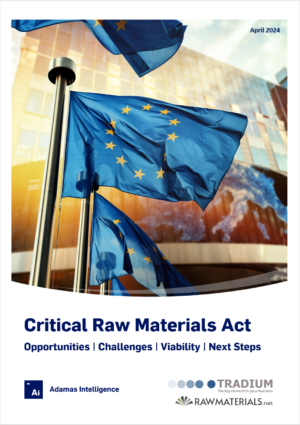Global lithium deployment up 52% year-on-year in August 2023

Plug-in hybrids leave the pack behind, hydroxide steals a march on carbonate
Globally 37,775 tonnes of lithium carbonate equivalent (LCE) were deployed in newly-sold electrified vehicles in August 2023, representing a 52% (or nearly 13,000 tonne) increase compared to August 2022.
Full-electric passenger vehicles (BEVs) registered during the month were responsible for 32,966 tonnes of LCE deployed globally, an increase of 48% year-on-year.
Lithium use in plug-in hybrids (PHEVs) registered the greatest percentage increase across EV types with 4,644 tonnes deployed in August 2023, an eye-popping 91% more than the same month last year.
Naturally, conventional hybrid vehicles (HEVs) deployed the least LCE during August 2023 at 165 tonnes, but this figure also represents a noteworthy year-on-year increase of 40% compared to August 2022.
Move to plug-ins and high-nickel batteries shape monthly lithium trends
Batteries are being bulked up across EV types, but PHEVs are running far ahead with average battery capacity of 21.8 kWh in August 2023, representing an 8% expansion compared to July 2023 and a massive 27% capacity jump compared to the same month last year.
This trend, as expected, has seen lithium deployment going up in PHEVs at the same time. The Adamas Intelligence EV Battery Capacity and Battery Metals Tracker shows that the amount of lithium contained in the average PHEV’s pack increased by 24% year-on-year in August 2023 and now tops 13 kg per passenger vehicle.
The rise in average lithium loading in BEV batteries was more modest, but still a sizeable 7% increase year-over-year to more than 37 kg. The volume of lithium in PHEVs on average is now 36% that of BEVs, up from 31% last year, on an LCE basis.
Lithium carbonate made up 59% of lithium compounds deployed in August this year, a decreased share versus lithium hydroxide for the same month last year.
Lithium hydroxide deployed is up by more than 59% compared to August 2022, outpacing the expansion of carbonate use, which rose at a rate of less than 48%, a reflection of the move towards high-nickel batteries.
Adamas take:
For lithium producers struggling to adapt to lithium carbonate prices down 57% in China compared to this time last year, and even sharper falls for the chemical compound delivered to Europe and the US, rising battery capacity across the board accompanied by increased average lithium deployment provides something of a silver lining to the gathering clouds over the battery metal sector.
EV, Battery and Battery Materials Market Intelligence:
EV Battery Capacity and Battery Metals Tracker
Building on ongoing EV registrations in over 110 countries, our web-based platform helps users track monthly deployment of battery metals and materials, battery capacity, and the ever-evolving competitive landscapes of battery chemistries and cell suppliers.
EV Battery Capacity Monthly
The ‘EV Battery Capacity Monthly’ is a subscription-based report for tracking monthly deployment of passenger EV battery capacity by EV type, region, country, make, model, cell supplier and cell chemistry on an ongoing basis.





